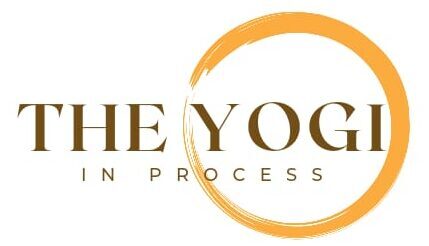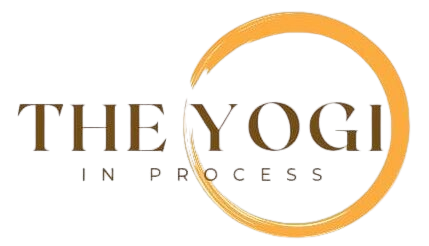
Movement is essential for the human body. Our muscles and joints must
be used regularly to maintain their full range of motion. When we neglect
movement, we signal to our body that these functions are unnecessary,
leading to stiffness, weakness, and potential long-term issues. For
example, if you don’t stretch your hamstrings for months, you may lose
the ability to sit upright comfortably. Over time, this can cause the hip
flexors (such as the psoas muscles) to shorten, deepening the lumbar
arch (a condition called lumbar lordosis). This imbalance often leads to
chronic lower back pain. In such cases, even simple activities like carrying
groceries, lifting a child, or handling heavy objects can strain the spine,
potentially causing serious injuries. This creates a vicious cycle of pain
and immobility.
Modern medicine, or allopathy, offers treatments for pain and injuries, but
it often focuses on managing symptoms rather than addressing the root
cause—lack of movement. To prevent these issues, incorporating regular
physical activity into your daily routine is crucial. Whether through
household chores, yoga, Pilates, gym workouts, stretching, running,
swimming, cycling, or any other form of exercise, movement keeps the
body functional and healthy.
Movement strengthens the neural connections between the brain and
muscles. The more you use these connections, the stronger they become.
For instance, hanging from a bar for a minute can improve neural
connections to your fingers, enhancing grip strength. As people age,
particularly after 60 or 70, grip strength often declines, making simple
tasks like holding a glass of water or opening a medicine wrapper
challenging. Maintaining mobility through regular movement can help
preserve these abilities.
Incorporating mobility exercises into your daily routine is vital. Prolonged
sitting, especially in front of computers, can strain the neck and shoulders,
leading to numbness, stiffness, and even degenerative changes in the
spine. While these issues are common, they are not inevitable. A lack of
movement is often the primary cause.
Basic functional movements like squatting, lunging, vertical and horizontal
pulls and pushes, toe touches, jumping, hanging, and balancing on one
leg are essential for maintaining physical function. Yoga is an excellent
way to address these movements. In yoga, poses like Anjaneyasana (low
lunge), Veerabhadrasana I and II (warrior poses), Trikonasana (triangle
pose), and Ardha Chandrasana (half moon pose) target various muscle
groups. Forward bends like Janu Shirshasana and Uttanasana,
backbends like Bhujangasana (cobra pose) and Dhanurasana (bow
pose), and stretches like Parivrtta Trikonasana (revolved triangle pose)
and Supta Padangushthasana (reclining hand-to-big-toe pose) improve
flexibility and strength. Inversions like Shirshasana (headstand) and
Sarvangasana (shoulder stand) enhance balance and overall body
awareness.
Yoga also emphasizes mindfulness, which reduces the risk of accidents
caused by unconscious movements. For example, tripping over a stone
while distracted by a phone is less likely if you’re mindful of your
surroundings. Additionally, yoga can be therapeutic. With the use of props
and proper guidance, it can aid in injury prevention and recovery.
Stronger yoga sequences help retain muscle mass in the legs, including
the hamstrings, quadriceps, adductors, and hip flexors. Strong leg
muscles are linked to better mobility and longevity. While hip replacement
surgeries are sometimes necessary for older adults, maintaining muscle
strength through exercise can delay or reduce the need for such
interventions.
Start moving before it’s too late—before the body sustains preventable
damage. A functional, independent life is more important than its length.
Independent individuals can bring joy and make meaningful contributions
to the world, while dependence often leads to stress and challenges for
both the individual and those around them. Make the right choice:
prioritize physical independence and movement.

